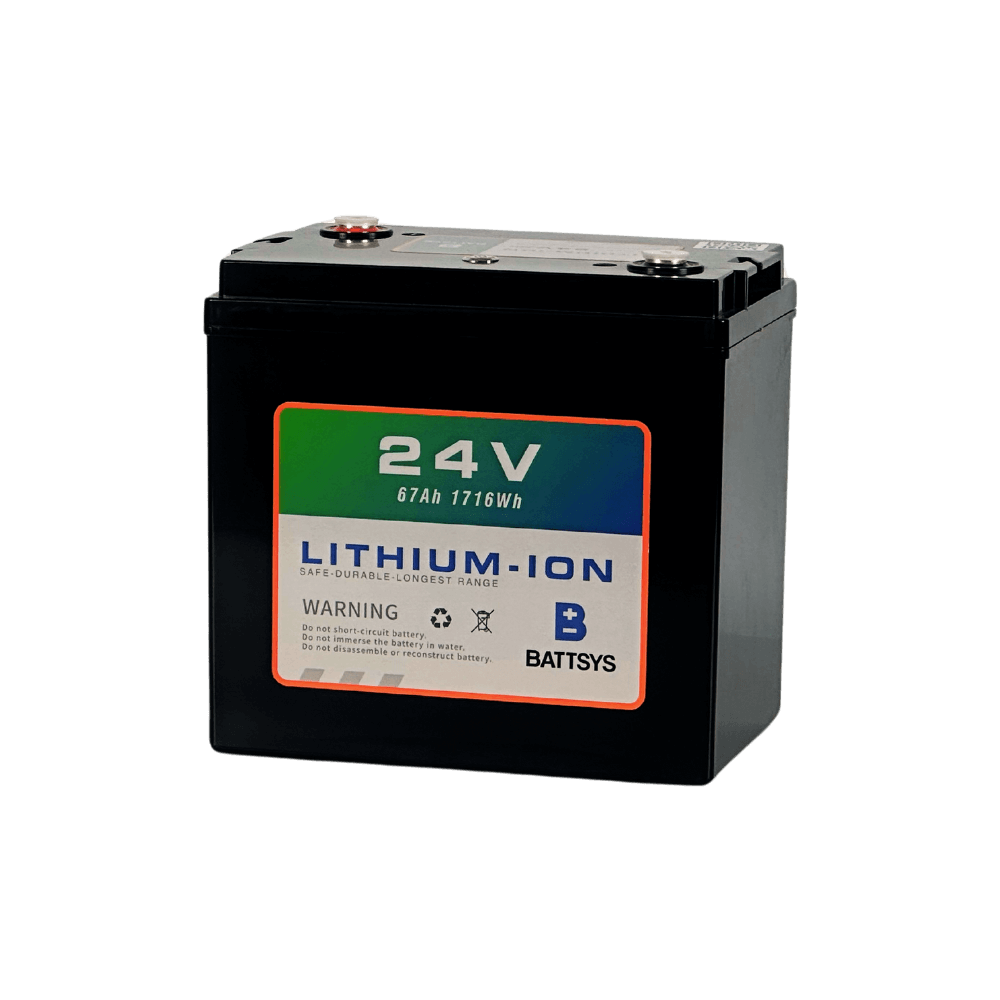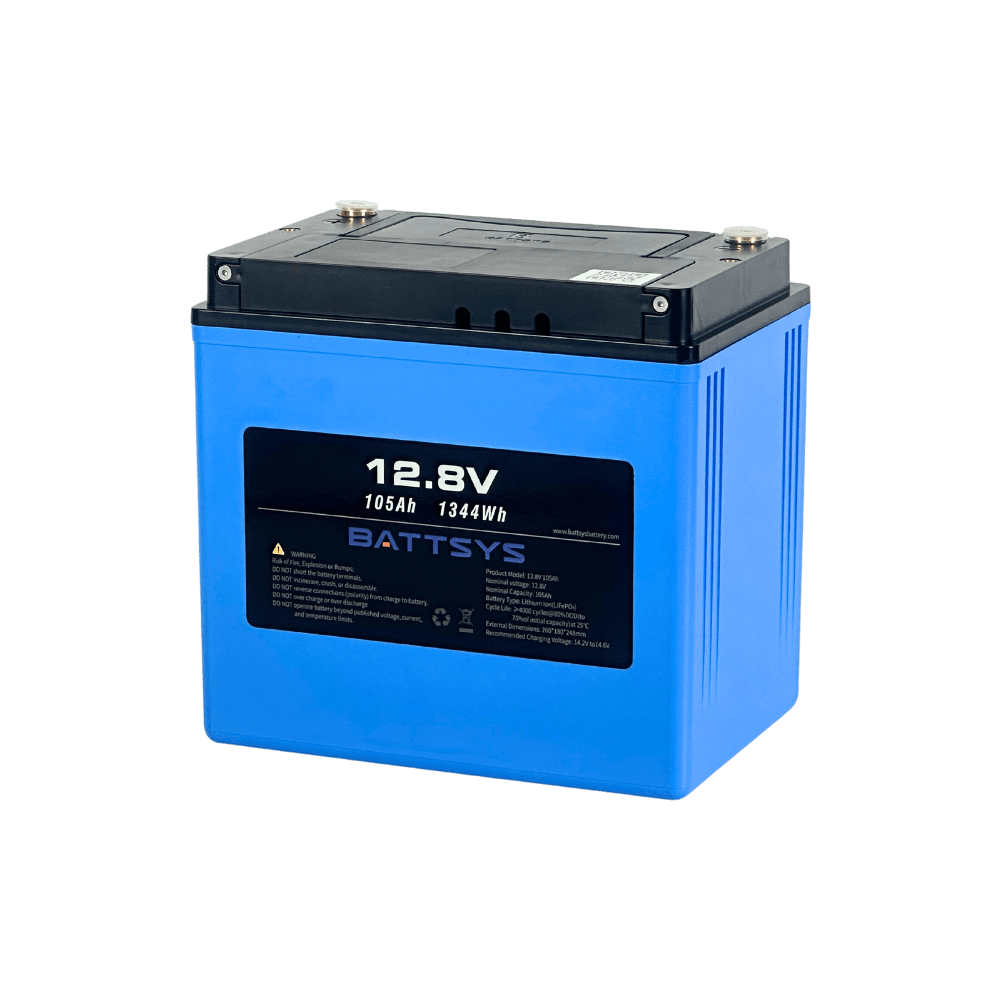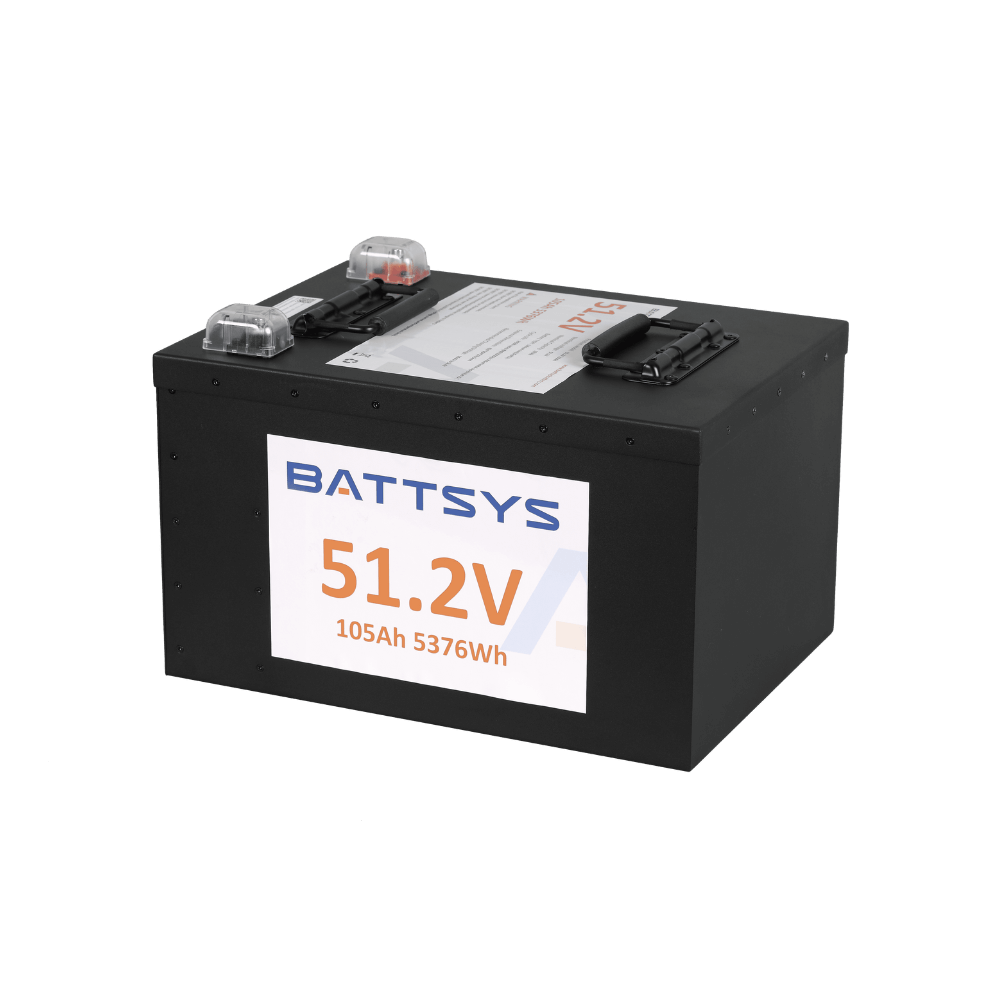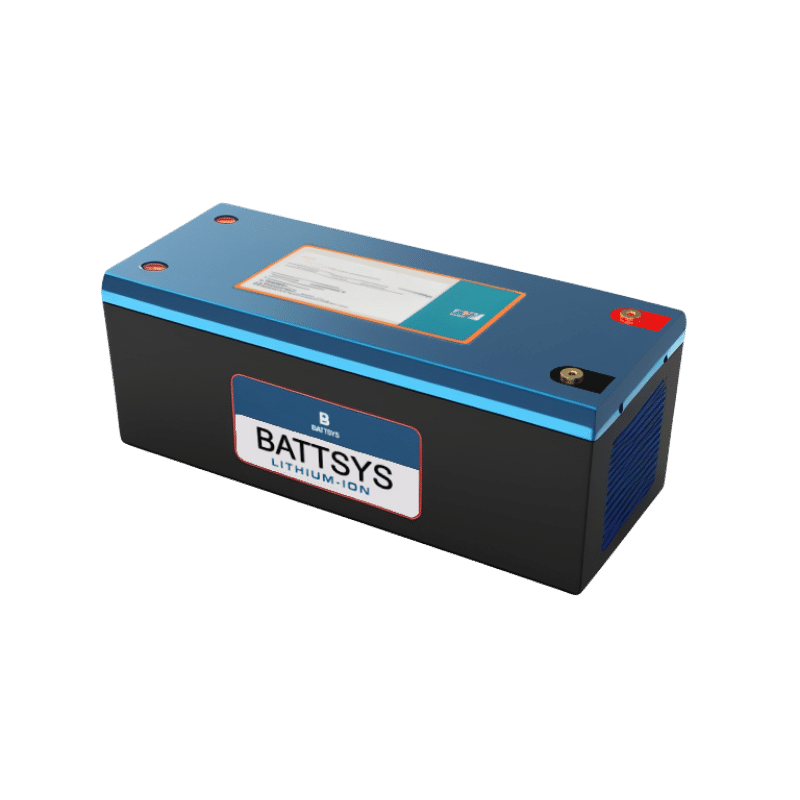What is battery discharge? What are the discharge methods for lithium batteries?
What is battery discharge? Lithium battery discharge method. Nowadays, mobile phones are all lithium batteries, and most of them do not need to be discharged. If they cannot be turned on and recharged every time they are used, it will actually shorten the service life of the battery. Discharge is aimed at the previous nickel hydrogen battery and nickel cadmium battery because they have memory function and are not durable without discharge.
1、 What is battery discharge?
Normal use is discharging. During normal use, it consumes the internal power of the battery, and this process is called discharging. Lithium batteries also have self discharge phenomenon. If the battery voltage is stored below 3.6V for a long time, it will cause over discharge of the battery, damage the internal structure of the battery, and reduce the battery life.
What is the impact of battery discharge on battery performance?
After discharging the stored power inside the battery, if the voltage reaches a certain value, continuing to discharge will cause overdischarge. The discharge cut-off voltage is usually determined based on the discharge current. Overdischarging of batteries can have catastrophic consequences, especially for high current or repeated overdischarging, which can have a greater impact on the battery. Generally speaking, overdischarging can increase the internal pressure of the battery, damage the reversibility of the positive and negative active materials, and even if charged, only partial recovery can be achieved, resulting in a significant decrease in capacity.
2、 Lithium battery discharge method
1. Standard discharge method: discharge at a constant current of 0.2C5 until the battery terminal voltage is 2.75V. Because it is difficult to meet this condition in daily use, it is of little significance. This method is mainly used for calibrating battery capacity.
2. Fast discharge method: Due to the low internal resistance of lithium-ion batteries, high current discharge is allowed. It can be discharged for more than 54 minutes at room temperature with a current of 1C5; 1.5C5 discharge time of more than 30 minutes; 2C5 discharge time of more than 23 minutes; And allow for short-term discharge of larger currents.
3. The discharge process of lithium batteries during operation is balanced. In theory, the discharge rate and depth should be considered when discharging lithium batteries.
4. The discharge depth is the ratio of the discharged amount to the nominal capacity, and the best reference indicator in practice is voltage. The general standard for discharging lithium batteries is that a lithium battery can be charged when discharged between 2.75V and 3V, because below 2.75V, it is easy to produce the taboo "over discharge" of rechargeable batteries. Over discharge can cause excessive evaporation of the electrolyte, and the negative electrode of the lithium battery can react excessively, causing changes in its dielectric film and a decrease in its deintercalation ability, resulting in permanent loss of capacity.



